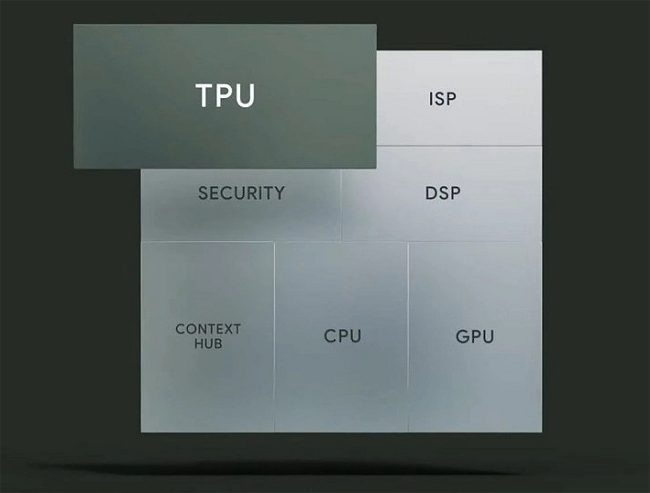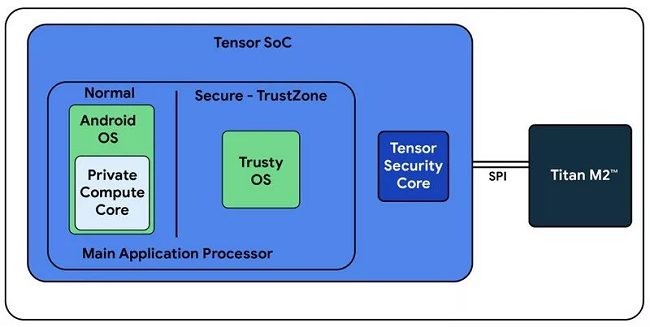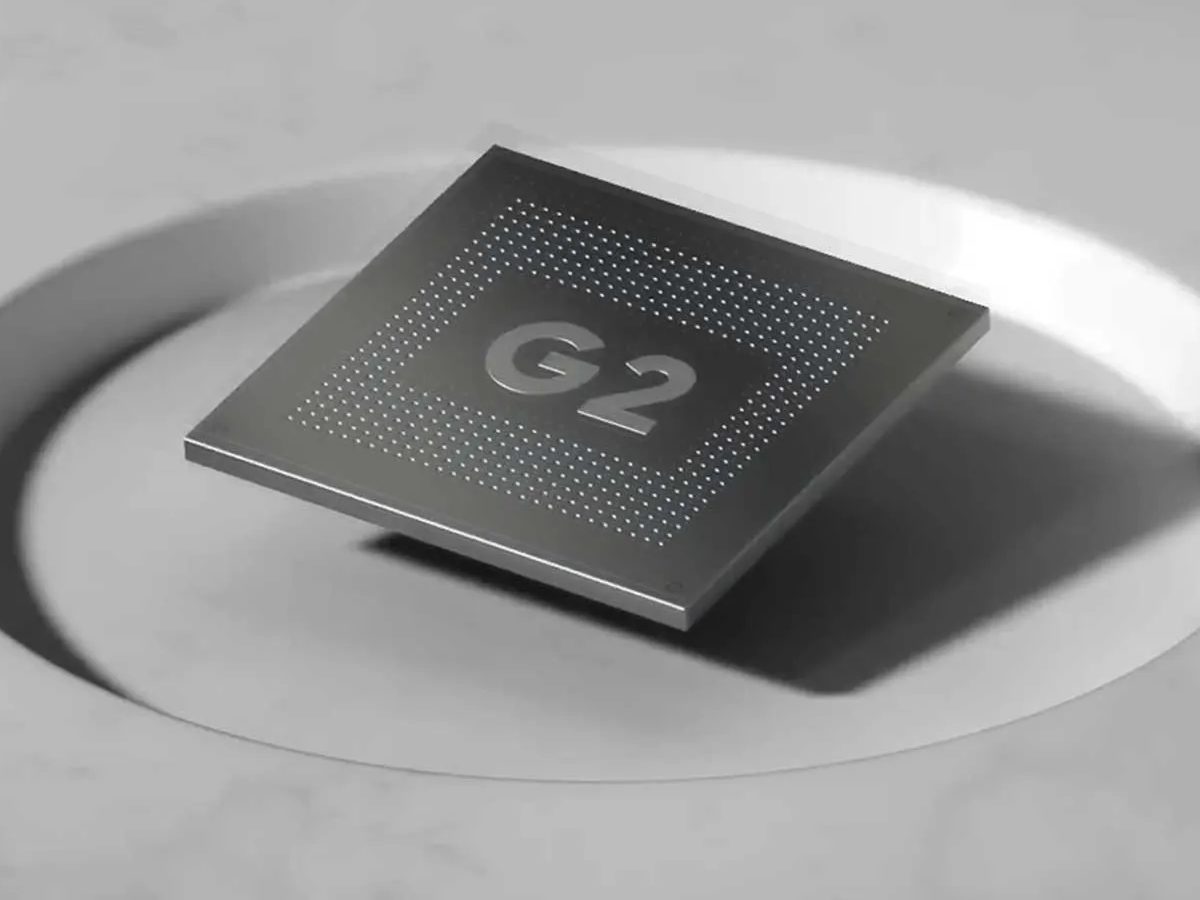At the beginning of October 2022, Google took the wraps off its new smartphones Pixel 7. Company spokespersons revealed that the Pixel 7 and Pixel 7 Pro use the SoC (System-on-a-chip) Google Tenor G2 where “G2” stands for “second generation”. But what are the characteristics of the chip that controls the functioning of the new smartphones?
Google has a habit of releasing its new smartphones every few months after the launch of the top of the range from other Android device manufacturers.
The first generation of SoC Google Tensor which equips last year’s Pixel 6 (presented in October 2021) hosts 8 heart divided into three clusters: the two cores are the most powerful ARM Cortex-X1 at 2.8 GHz Other manufacturers, such as Samsung for its Galaxy S21, were already using the same Cortex-X1 cores in their flagship smartphones. In terms of SoC manufacturers, Cortex-X1 was previously used in the Samsung Exynos 2100 and the Qualcomm Snapdragon 888.
The difference, however, is that his SoC tensor it installed two Cortex-X1 cores instead of one as the competition did.
A few months after the presentation of the Google Pixel 6, ARM presented the new ones Cortex-X2 which Samsung immediately used in its SoC Exynos 2200 of February 2022.
Well, with the launch of the new ones Pixel 7 in October 2022 we expected a Google SoC with two Cortex-X2 cores. However, the Mountain View company has proposed smartphones equipped with a new generation Tensor G2 SoC but containing two high-performance Cortex-X1 cores, like the predecessor. Yes clock frequency The claimed maximum is 2.85 GHz, almost identical to the previous Tensor chip from a year ago.
Along with the two Cortex-X1 cores, Tensor G2 uses two Cortex-A78 at 2.35 GHz (the previous generation used two Cortex-A76s): in activities single strand performance is expected to remain virtually unchanged throughout multi threaded the difference should be noticeable.
Along with these first four cores, the Tensor G2 adds four additional high-performance cores energy efficiency: these are the usual Cortex-A55 at 1.8 GHz.
While Samsung and the other smartphone manufacturers “warm up their engines” to accept the cores Cortex-X3, it seems that Google always prefers to stay a generation behind. Why? Because the Mountain View company clearly prefers not to compete with the competitor on the bare and raw specifications side: Google wants to focus on user experience ensuring that its chip is optimized for processing related to artificial intelligence thanks to TPU (Tensor Processing Unit).
On the other hand, the name Tensor chosen for its SoC comes precisely from this: TPU is, in fact, an accelerator developed for specific applications in the field of neural networks. TensorFlow is an open source software library for machine learning, which provides “ad hoc” modules to manage tasks related to artificial intelligence algorithms.
Since the processing is done locally on the user’s individual device, Google chose to call its smartphone chip Tensor.

He deserves a special mention GPU ARM Mali-G710 MP7 enriches the new Tensor G2: this is the latest generation of the graphics section available so far. In the version that equips the Tensor G2, 7 core graphics were used and previously Mali-G78 used 20 cores: the leap forward is clear in terms of architecture and the number of cores is still limited (I think Dimensity uses MediaTek 9000+). Mali-G710 10-core GPU…). In terms of performance the “renewed” GPU should offer more or less the same as the previous generation.
In short, as the managers of Google showed abundantly during the presentation, the true novelty of the Tensor G2 chip lies in the use of a renewed TPU for the most part and in the optimizations that the company’s technicians were able to make by applying the hard -goods in progress. on one side and the Android operating system on the other.
The processing involvedmachine learning they are completed up to 60% faster than the previous generation of the Tensor chip and with efficiency that can be close to 20% more.
Google Tensor G2 significantly lowered the energy consumption during normal daily use of the smartphone (video recording, multimedia streaming, voice recognition, instant translation of conversations,…).
From a point of view safetyTensor G2 interacts directly with the chip Titan M2. Established architecture RISC-VTitan M2 represents the smartphone version of the technology that Google has been using for years on the server side and is responsible for managing tasks related to security (such as the management of information and personal data of users) with the possibility of multi- Connecting a CPU. cores and threads.
Also supports Titan M2 Strongbox on Android which generates and securely stores the cryptographic keys used to protect users’ passwords and PINs. In conjunction with the Tenor Security Core it also protects user data keys during use in the SoC.

Image source: Google
The IS Tenor Security Core is a custom security subsystem, an actual set of physical components consisting of a dedicated CPU, ROM, OTP memory (one-time programming), cryptographic engine, internal SRAM, and protected DRAM.

